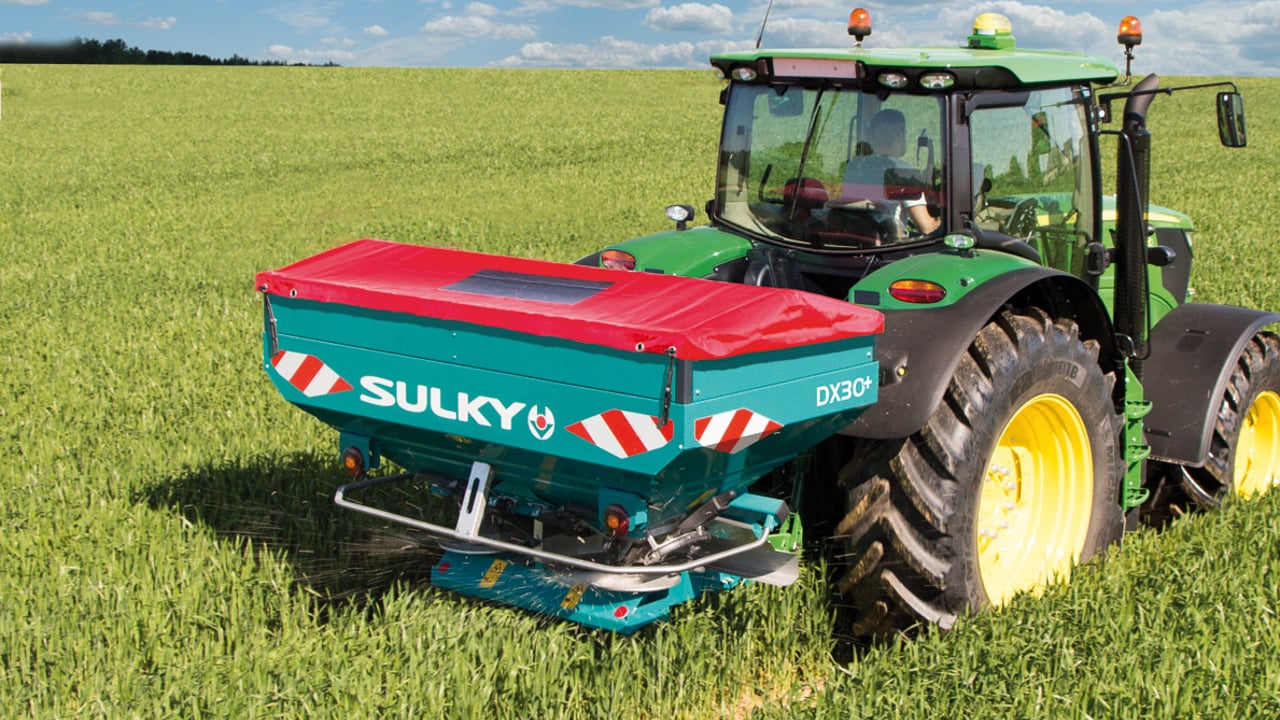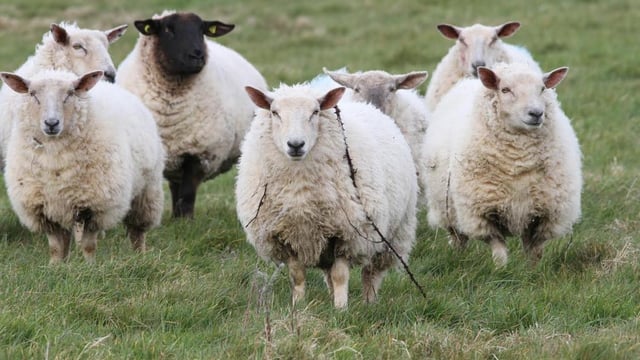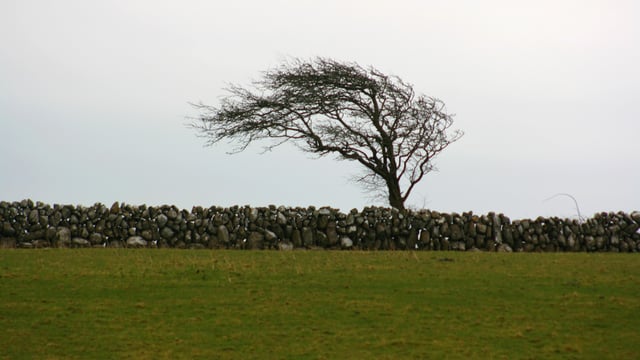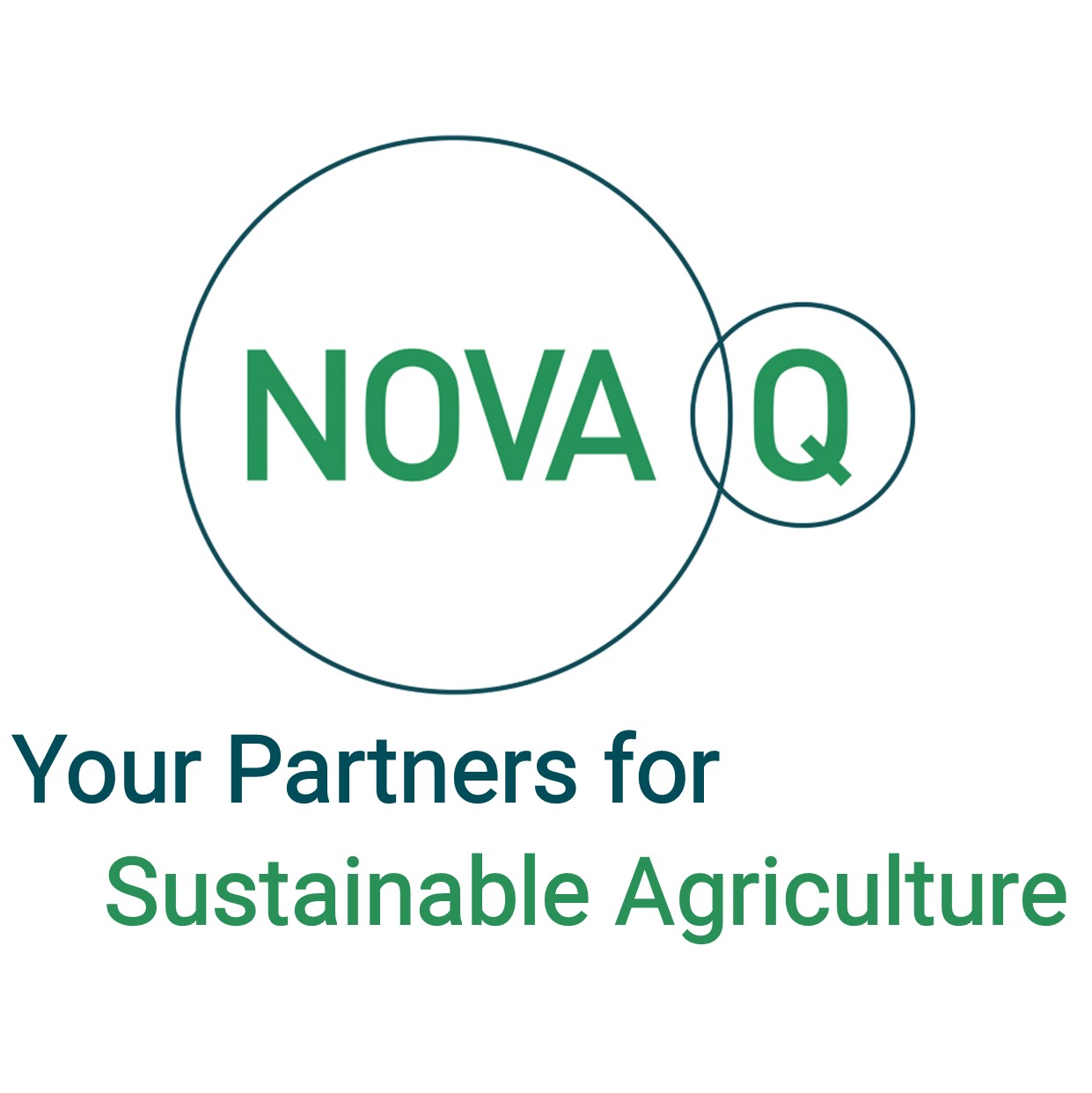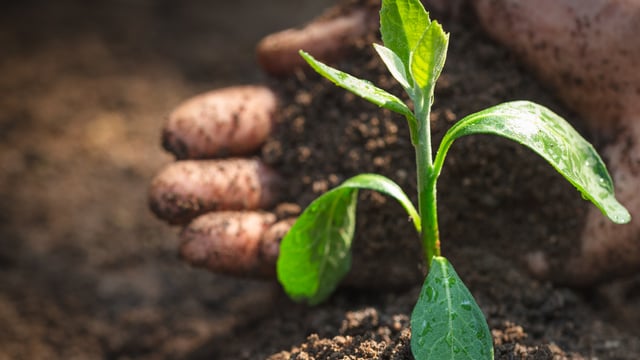Spring '25 CAN prices expected at €50/t more than August '24
The price of Calcium Ammonium Nitrate (CAN) has risen by more than €50/t since the beginning of September, and this is where the Spring 2025 market may well find its equilibrium point, according to Grassland Agro managing director, Liam Woulfe.
He explained that the global market for fertiliser nitrogen has tightened over the past number of months for multiple reasons.
He told Agriland: “For example, China is supplying little or no customers in the rest of Asia with urea and ammonia at the present time. In turn, this is causing supply/demand pressures to kick-in across other key world markets.
“In tandem with this, gas prices have risen significantly. Earlier this year, the Dutch benchmark TTF gas price was available at around €25 per megawatt hour and the equivalent price today is €40."
“Natural gas is the key driver of ammonia prices around the world which is a critical raw material for the production of CAN."
However, the Grassland Agro MD said he is also conscious of the evolution and potential effects of geopolitical developments over the coming months as these could also further impact (up or down) international commodity markets.
E.g., a peace settlement in Ukraine could see the perception or the actual reopening of natural gas pipelines between Russia and the rest of the world and this could lead to further price volatility.
Meanwhile, all of this is happening against the backdrop of most farm gate prices in Ireland projected to continue to stay in the current positive territory for at least the first few months of 2025.
“Milk prices have improved by 40% over the past 12 months, when one compares October 2024 against October 2023. At present, thankfully, there doesn't seem to be any significant signals of dairy markets falling back at least in early 2025," Woulfe continued.
“Beef and lamb markets are set to fare reasonably well also into 2025. This is more good news for Irish farmers.
“Where inputs are concerned, grain and other feed commodity prices may well increase somewhat but not too dramatic over the coming months.
“In the case of CAN and urea nitrogen fertiliser, we are looking at prices for spring 2025 not far from on a par with those available during the January/February period of 2024 but about €50/t higher than August 2024."
Phosphate and potash fertiliser have outwardly levelled-off over recent months. However, given that phosphate purchases are traded in US dollar terms, exchange rates come into play.
Liam Woulfe further explained: "The US dollar has strengthened against the euro by approximately 5%; then the price in euro per tonne of phosphate fertiliser terms has strengthened by the same amount.
“I expect this trend to be maintained into 2025."
The Grassland Agro representative indicated that fertiliser will be available for purchase in Ireland at reasonably normal availability levels with new season demand commencing in January.
“But very little fertiliser has been purchased at farm level yet. The cash flow issues remain a big challenge on many Irish farms and money is still expensive; loan interest rates remain above 6%," he continued.
“Peak demand for fertiliser in Ireland usually kicks-in around the beginning of March. Last year, this date was pushed back by a month because of the very late and extremely wet spring.
“So, we will just need to wait and see how 2025 develops, but good markets and good weather generally trump everything at farm level."

